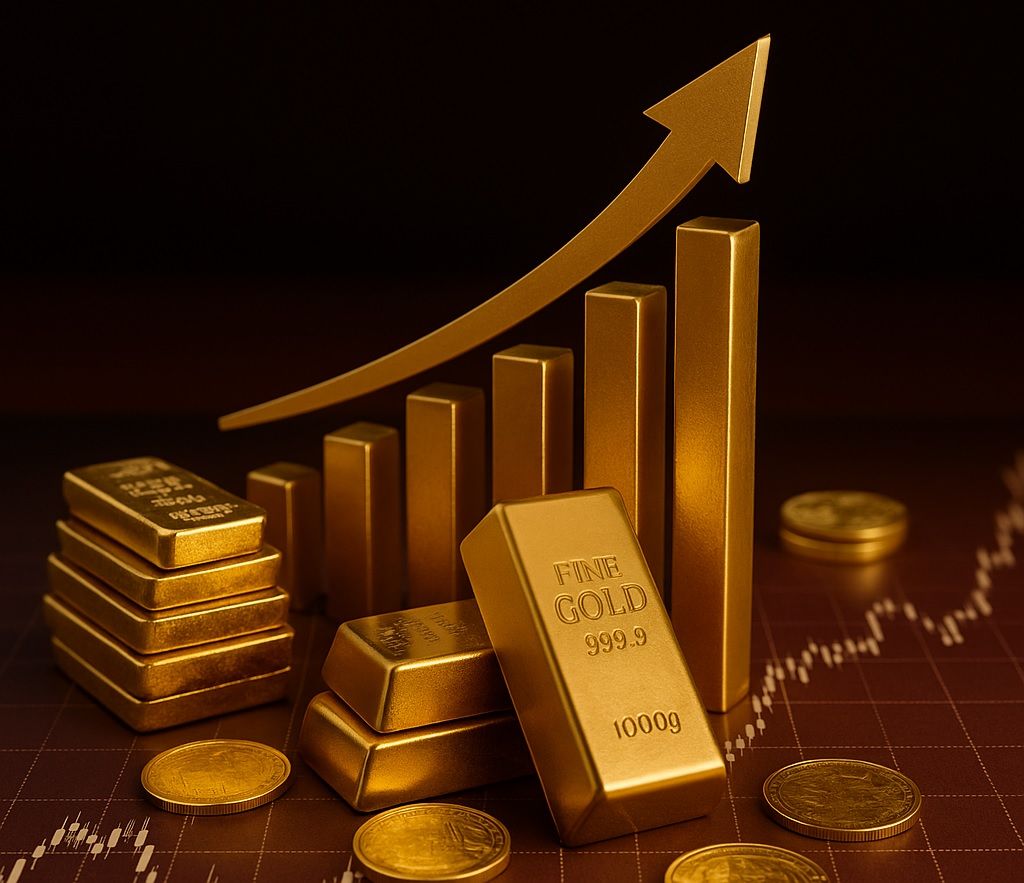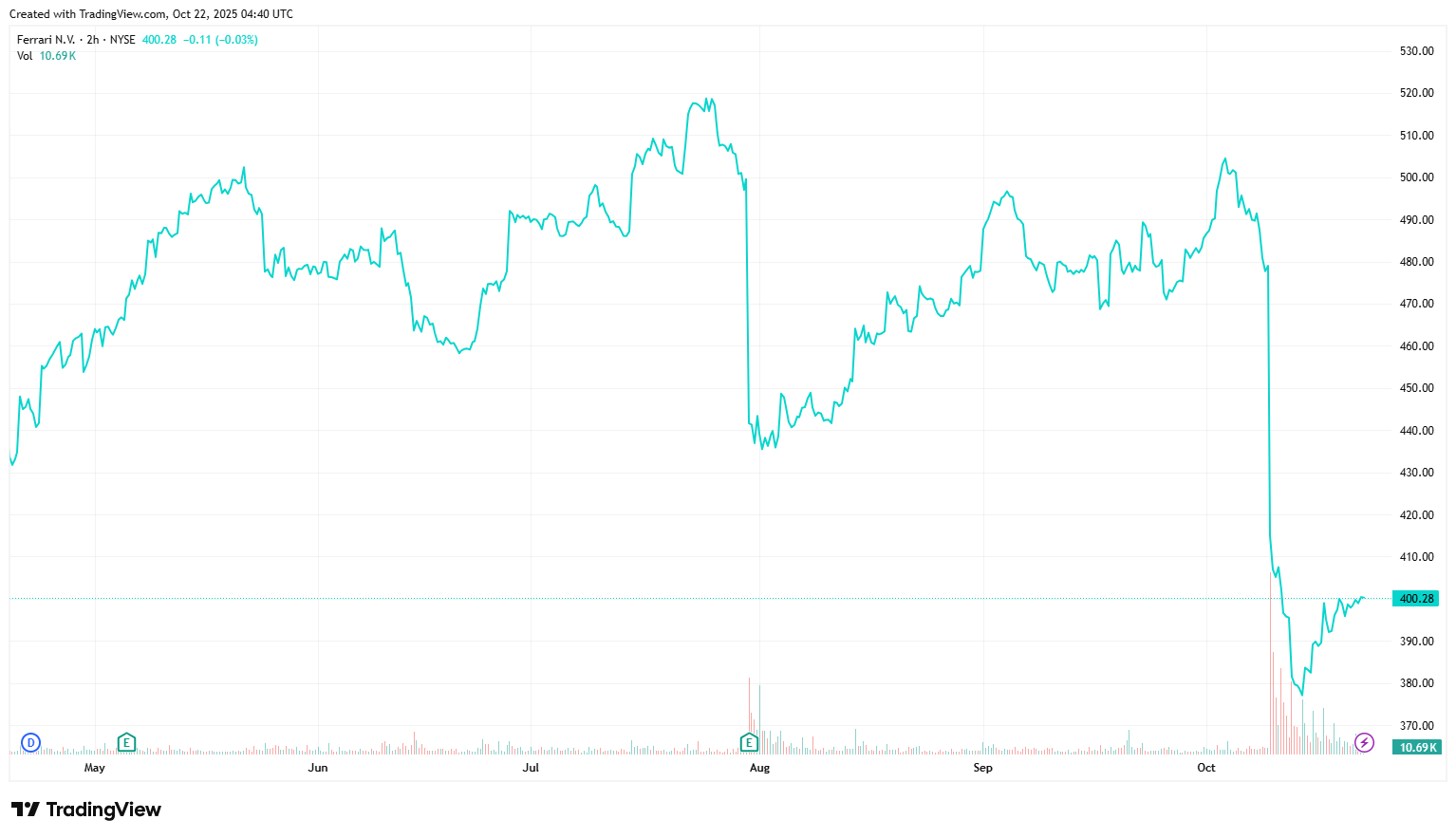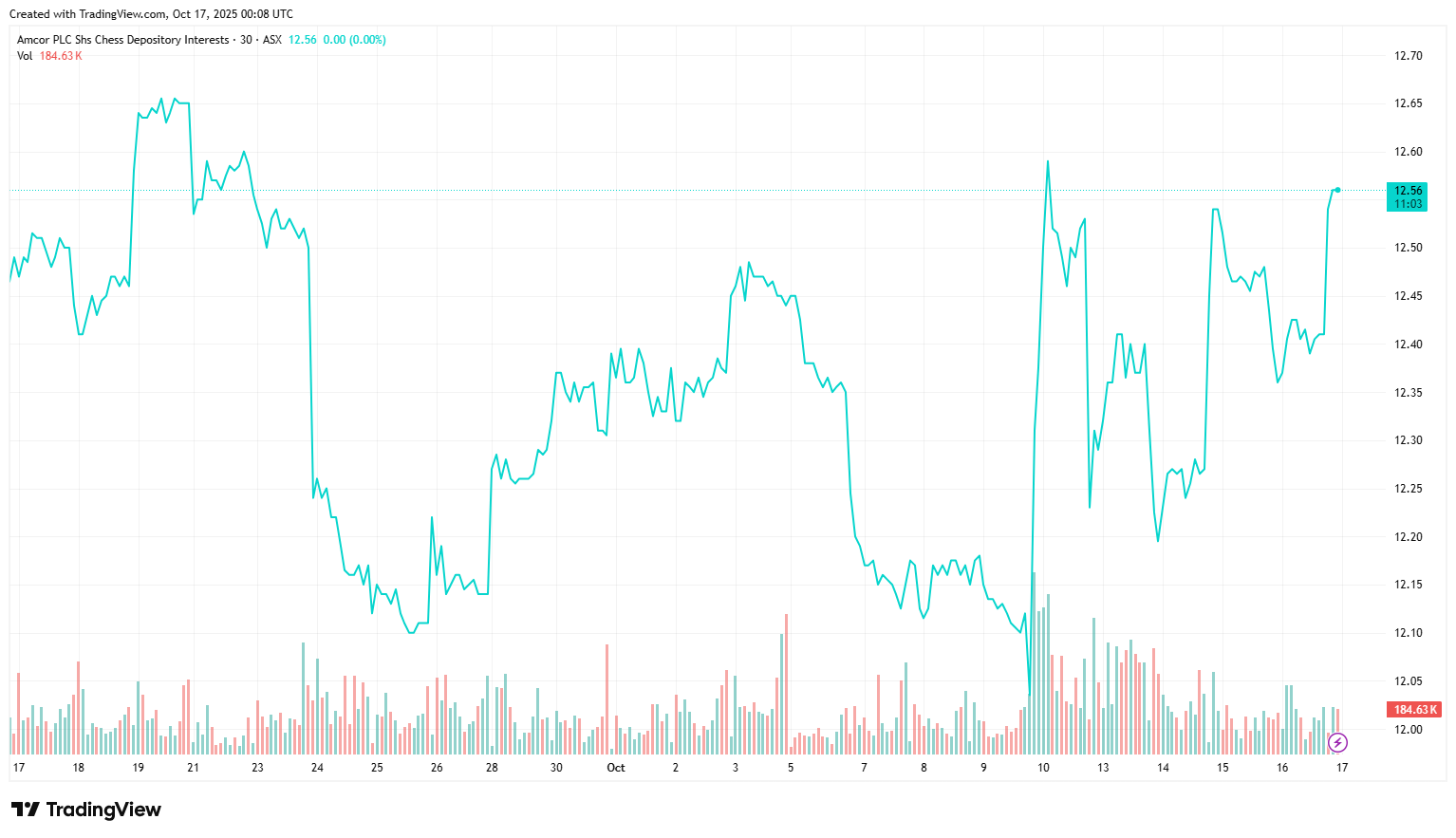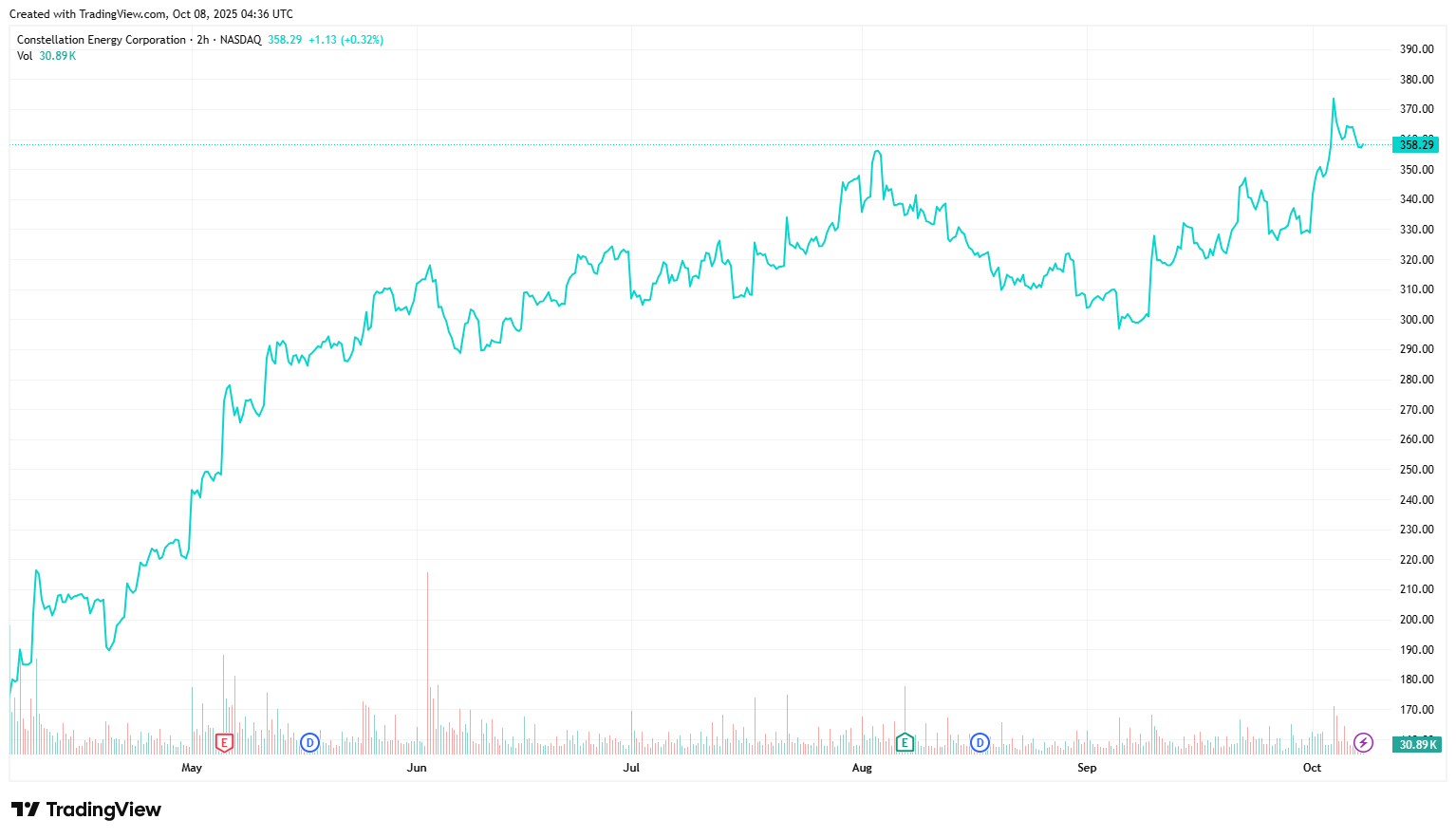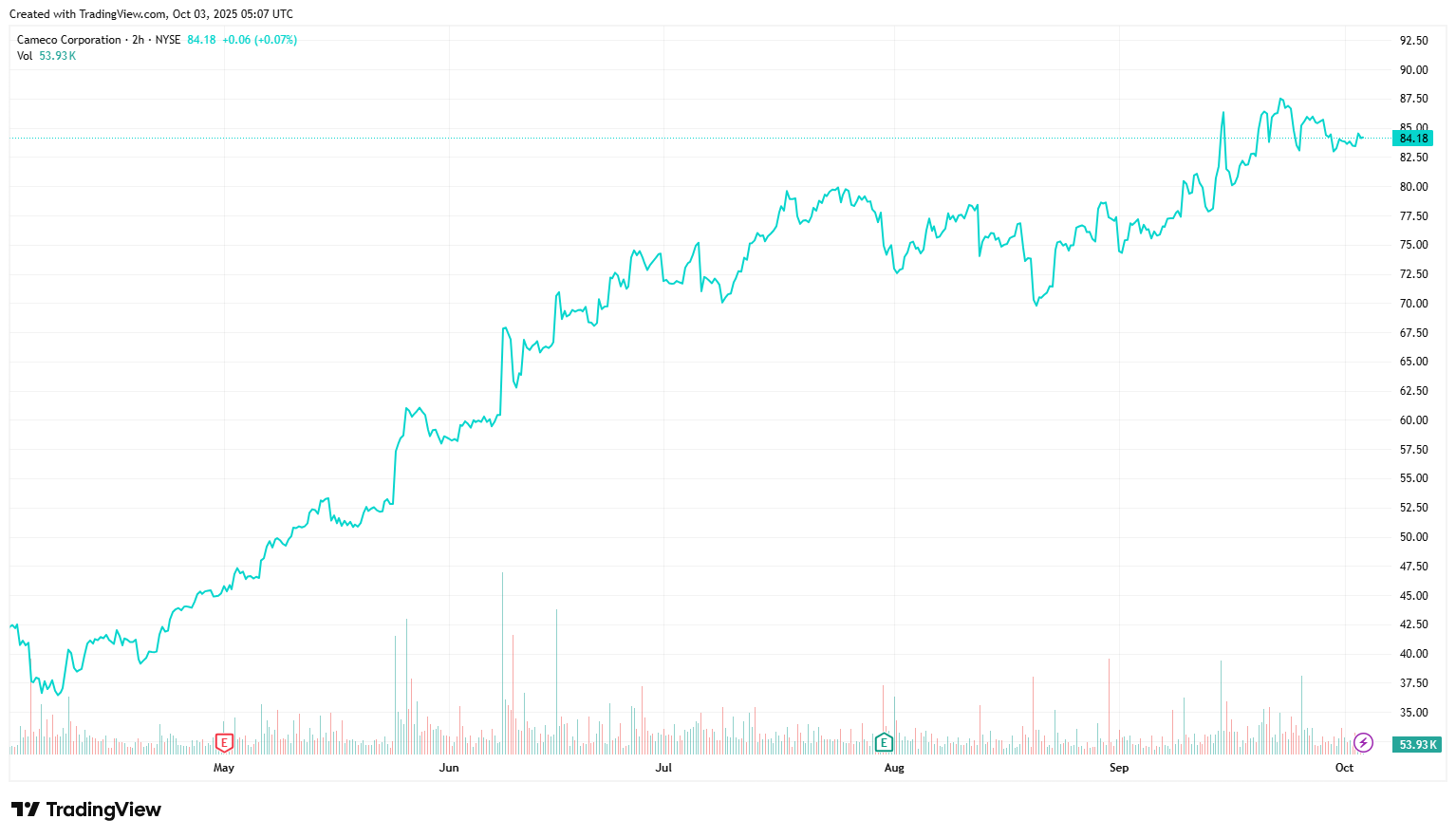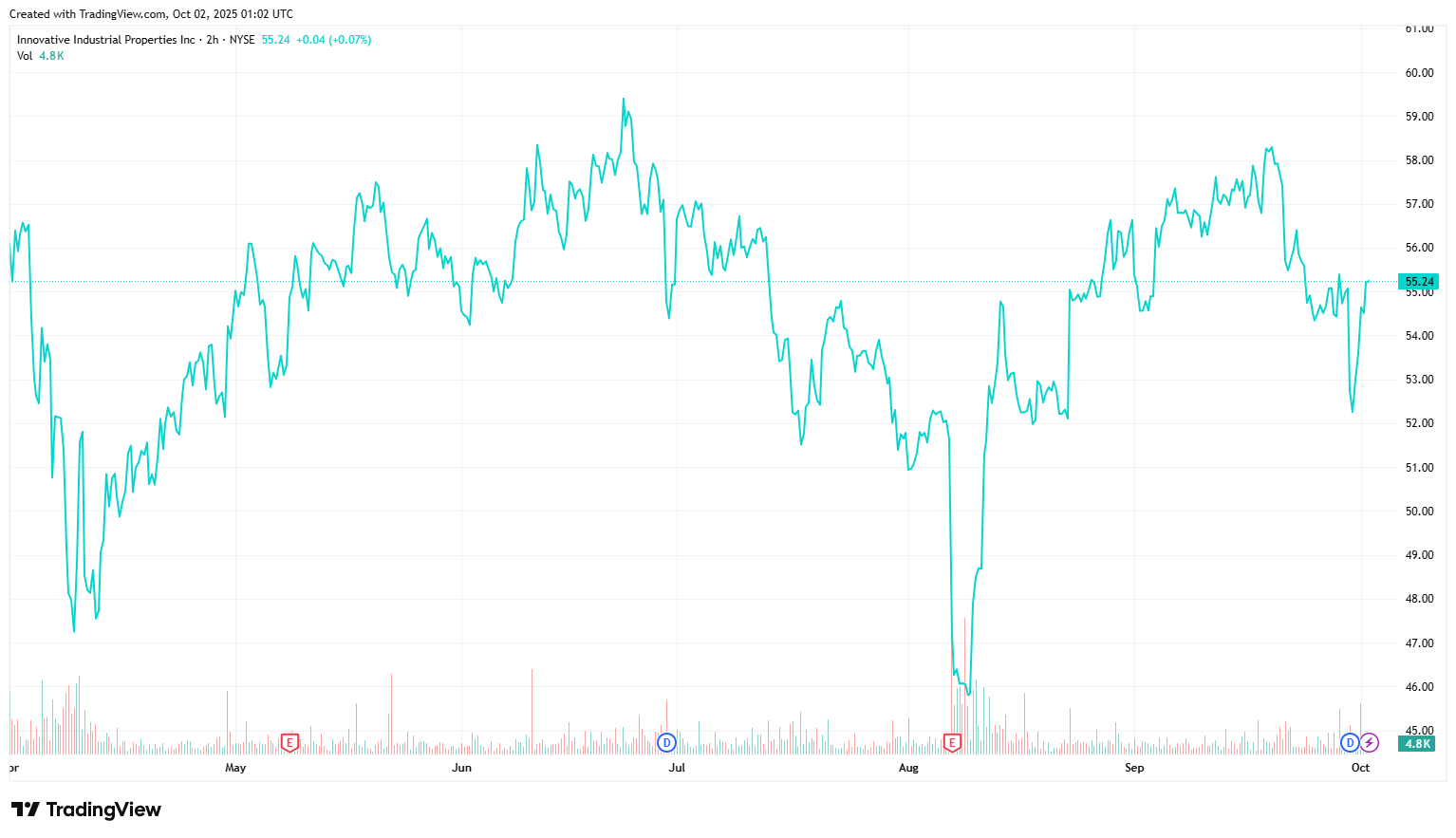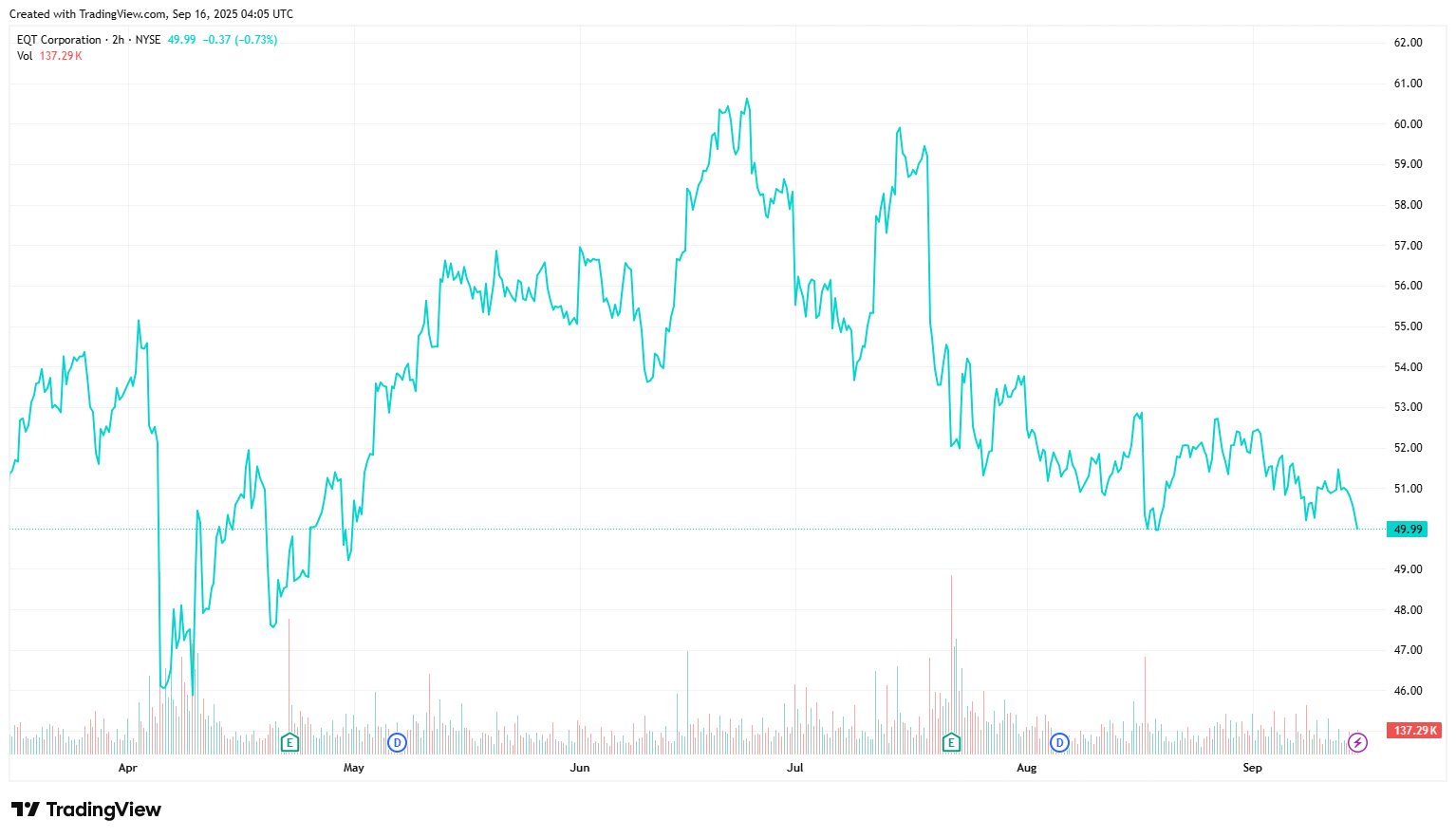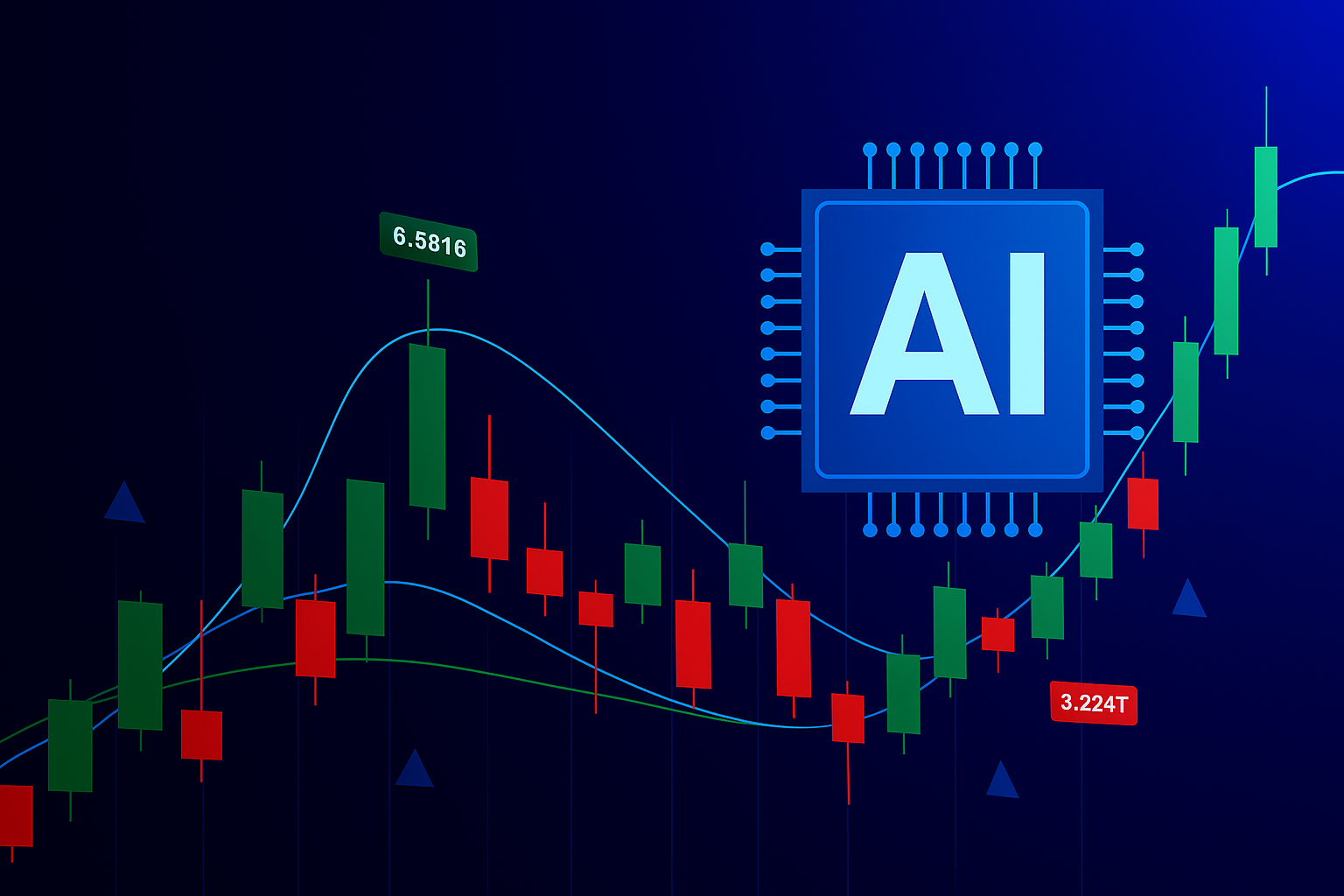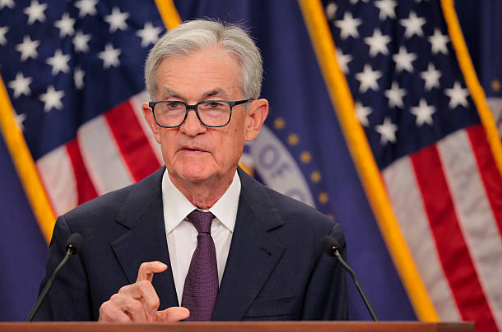Why Gold Prices Are So High
Gold has soared to record highs above USD 4,200 per ounce, capping one of the strongest rallies in recent memory. The metal’s sharp rise past USD 4,000 earlier this month reflects growing unease over the U.S. dollar, which has seen its steepest half-year decline in more than five decades. Investors are increasingly shifting toward tangible assets in what many describe as a broad “debasement trade,” driven by fading trust in fiat currencies and mounting concerns over sovereign debt. With growth slowing and fiscal pressures deepening, gold has reasserted itself as a reliable store of value.
Uncertainty in U.S. politics and policy has amplified the move. Donald Trump’s renewed trade-war rhetoric and tariff threats have rattled markets, while questions about the Federal Reserve’s independence and America’s fiscal sustainability continue to weigh on sentiment. Rising geopolitical risks from Eastern Europe to the Middle East have added to the flight to safety, prompting both central banks and institutional investors to boost gold reserves as protection against currency and credit shocks.
Monetary conditions have provided further tailwinds. With inflation still running hot and pressure building for the Federal Reserve to cut rates, the appeal of gold has strengthened. Lower interest rates reduce the cost of holding non-yielding assets, while persistent inflation enhances gold’s value as both a hedge and a haven. This trend has also been evident in gold-backed ETFs, where recent inflows have been roughly six times above expectations, highlighting the strength of institutional demand for precious metals.
The Broader Economic Impact
While surging gold prices often reflect investor caution, the current rally highlights a deeper unease about global economic resilience. Persistent inflation, weakening industrial activity, and muted consumer demand suggest that many advanced economies remain caught between slowing growth and sticky price pressures. The strength of gold therefore serves as a real-time barometer of macro stress, signalling that investors are seeking stability amid rising uncertainty in both fiscal and monetary outlooks. In this sense, gold’s ascent is less about speculative enthusiasm and more about capital preservation in an environment where policy credibility is being tested.
For consumers and businesses, the effects are complex. Higher gold prices benefit holders of bullion and jewellery, particularly in markets like India and China where cultural and investment demand are intertwined. However, for sectors that depend on gold as an input such as electronics, medical devices, and luxury goods, elevated prices can compress margins and slow output. This inflationary pass-through can feed into broader price pressures, especially where production costs are already rising due to supply chain constraints and energy volatility.
From a monetary policy perspective, sustained strength in gold poses a challenge for central banks. It reflects eroding faith in fiat stability and signals that investors are hedging against future debasement of paper currencies. For policymakers, it complicates the narrative around inflation control and rate setting, as high gold prices may be interpreted as a verdict on the credibility of monetary management. Over time, this dynamic can influence global capital flows as investors diversify reserves and portfolios away from the US dollar and toward tangible assets, reinforcing gold’s role not just as a hedge but as a gauge of global economic confidence.
Implications for the Australian and Global Stock Markets
The surge in gold prices has had a swift and pronounced impact on Australian equities, with local gold miners markedly outperforming the broader market. As one of the world’s largest producers, Australia has seen the S&P/ASX All Ordinaries Gold Index (XGD) climb about 45% year to date, compared with a 10% gain in the ASX 200. Major producers such as Northern Star Resources (ASX: NST) and Evolution Mining (ASX: EVN) have enjoyed earnings upgrades as margins expand on prices above USD 4,300 per ounce, while mid-tier miners and developers continue to benefit from stronger investor appetite and improved financing conditions.
Investor flows reinforce this momentum. Domestic gold-focused ETFs and resource funds have seen a sharp rise in inflows over the past two quarters, driven by both tactical inflation hedging and structural diversification. The sector’s strong cash generation has led to dividend reinstatements and buyback programs among major producers, further supporting valuations. Smaller exploration companies have also capitalised on improved sentiment, with equity raisings across the gold sector rising significantly in recent quarters. Should bullion prices remain above USD 3,200 per ounce, the Australian gold complex is positioned to outperform the broader market through FY26, supported by record export earnings forecast to reach around AUD 60 billion in 2025–26.
Globally, the rally has reshaped equity performance and capital allocation across major exchanges. North American producers such as Newmont Corporation (NYSE: NEM) and Barrick Gold Corporation (NYSE: GOLD) have experienced strong multiple expansion, with global gold mining ETFs up roughly 25% this year, outpacing most commodity indices. The sector’s resurgence has also influenced broader market dynamics, with institutional portfolios rotating partially out of cyclical industrials and into precious metal equities as a defensive play against geopolitical risk and currency volatility.
The sustained strength in bullion underscores a late-cycle preference for tangible assets, suggesting gold-linked equities may continue to attract capital even as broader global growth moderates. Meanwhile, silver and platinum have also advanced as investors seek alternative stores of value, extending the rally across the precious metals complex.
Looking Ahead
Gold’s recent momentum reflects the intersection of monetary policy, investor sentiment, and global uncertainty. Whether this marks the start of a sustained uptrend or a temporary peak will hinge on how inflation, interest rates, and geopolitical risks evolve over the coming quarters. If central banks move toward lower rates and the U.S. dollar remains under pressure, the conditions could favour a prolonged period of strength for gold. Conversely, a sharp rebound in economic growth or policy tightening could temper momentum, though long-term structural demand, particularly from central banks and institutional investors, continues to underpin support at elevated levels.
What remains clear is that gold has reasserted its position as both a defensive hedge and a strategic asset within diversified portfolios. For investors looking to identify which ASX-listed gold stocks are best positioned to benefit from this environment, our latest
Gold Stocks Report provides analysis of sector performance, highlighting the companies best positioned to capture value amid sustained gold strength.
